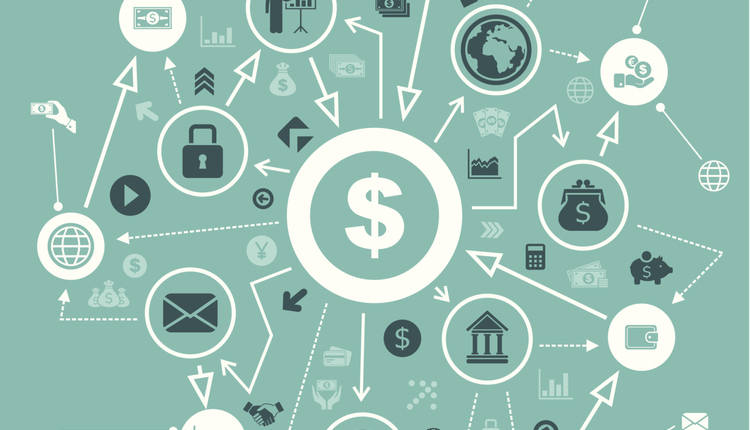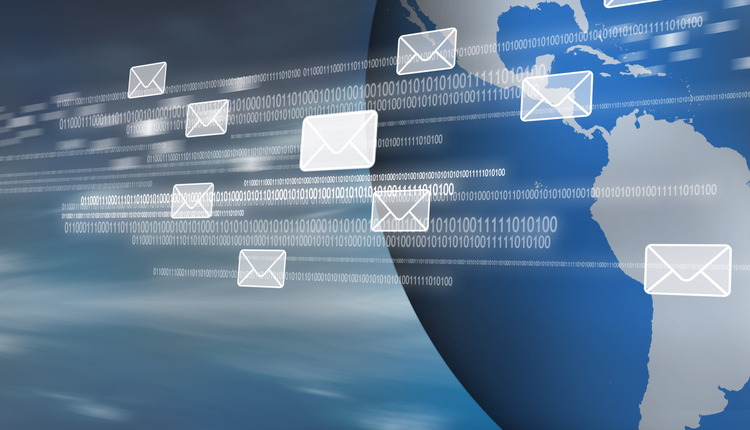The industry is changing. Businesses and their customers are interacting with each other more and more on multiple channels, including physical and, increasingly, digital platforms. At the same time, costs are escalating — but so are the pressures to keep costs down. People often ask me: what’s the biggest trend in mailing and shipping, in mail centers and throughout the organization? I answer them in two words: digital transformation.
Pressures to add digital functionality to the mailing and shipping environment are spurred by the need for regulatory compliance, lower costs, more flexible and responsive customer communications and a higher quality customer experience. Let’s examine this digital transformation and where it’s taking mailing and shipping operations.
Transitioning To Digital
One way mailers are moving from the analog to the digital world is by using IoT (Internet of things) solutions that connect all their postage meters to deliver better services and enhance their customer experience. IoT enablement allows mailers to access updated services and new innovative mailing capabilities from any location worldwide. It also provides faster resolution of issues and allows the user to add funds to their meter devices in a matter of seconds.
Feedback from early users of these IoT systems has been very positive. When functions are digital, businesses can do lots of things a lot faster, including uploading postage for meters, as well as remotely updating rates and resolving system problems. With remote digital connectivity, life becomes much more convenient in the mail center. For example, services, such as monitoring ink levels, can be automated so fresh supplies can be sent to users before they run out.
This digital transformation also revamps a business’ web experience and provides easy and real-time monitoring and account management. They can now see its entire status and alerts for specific conditions they choose. Digital connectivity gives users access to information that save time and money by providing real-time data on meter usage, as well as unique insights on spending patterns. Data and analytics are now providing mailers with insightful dashboards on their spending and best practices to further optimize their operating costs and effectiveness.
Mailers and shippers can even access services that provide customized guidance that helps identify and quantify savings opportunities, such as mail presort. A digital dashboard can capture mail and shipping volumes and usage. The data and analysis provided gives valuable guidance to achieve more efficient operations. This is similar to the way digital thermostats can help guide users to maximize energy efficiency at home.
There’s a multiuser scope to this digital connectivity, so these benefits can be accessed anywhere globally. Digital implementation lets a business extend capabilities from one site with one user, to multiple sites in multiple locations. This provides account tracking for mailing and shipping across multiple sites and users to readily understand whether any group in the organization is within budget.
Cutting Costs with SaaS
As businesses look for more cost effective ways to operate, they’re attracted to Software as a Service (SaaS) solutions. In this approach, all applications and databases reside in the cloud. As a result, businesses don’t need additional IT assets on premises—the SaaS solution provider takes care of it all, running it in the cloud. So mailers and shippers do not need experts to install and service systems, nor do they need an IT staff to maintain and upgrade them. A SaaS-based mailing and shipping solution is always up-to-date, providing its users with all the latest features.
Another big advantage of the SaaS-based approach is that applications and data can be accessed from anywhere in the world. Users can run these solutions from the desktop, integrate them into postage meters and access them remotely on a smartphone or heavy-duty handheld device in a wireless environment.
SaaS-based solutions also make it simple to extend capabilities across mailing and shipping, especially important as package sending volumes rise. That’s because SaaS makes it easy for solution providers to innovate around integrating all multicarrier mailing and shipping processes, including receiving and sending. This allows more and more functions to be made available to users, making it easier for businesses to manage and reduce operating costs. Most importantly, unifying mailing and shipping processes means there isn’t a need for specialized people in each separate function, which reduces labor costs and simplifies processes. With SaaS, it is very easy for a business to augment their solutions with new applications, such as adding inbound tracking or e-commerce shipping needs to existing processes. Having single sign on technologies also ensures simplicity in accessing many applications in one way, versus having to learn multiple access procedures.
Dialing Up the Customer Experience
The digital transformation of the mailing and shipping world fits well into the digital transformation of the world at large. Companies are seeking ways to meet their customers’ changing communications preferences. And the customer will often have more than one preference, wanting a text alert for the delivery notification and an email for their bill. Digital capabilities provide convenient solutions to facilitate this range of customer communications.
While reducing costs, businesses can now deliver a better mailing and shipping experience to their customers. SaaS solutions let them select on a dashboard a range of omnichannel communications. They can integrate digital and physical communication channels, or send out to an outsource service provider to fulfill. The automation simplifies the process, enabling businesses to automatically manage the physical or digital delivery to their customers based on their preferences. Digital delivery can be done in many ways from email or and mobile to various social networks and cloud-based file sharing services like Evernote or Dropbox.
In addition, with new real time data always available in the cloud, solution providers can find better ways to serve their customers. This allows vendors to be more proactive and resolve customer issues before they arise, or resolve them much more rapidly, even remotely, which is the ultimate way to dial up the customer experience.
It is clear that the trends in the mailing and shipping industry all point to digital transformation. Using SaaS-based cloud solutions and multifunction IoT devices, mailers can:
- communicate better with their customers
- deliver valuable new services
- access richer data to driver better insights and offers
- deliver a superior customer experience
- all at a faster rate and lower cost
Businesses can focus less on how they’re communicating with customers and managing equipment, and more on running their core businesses. And that means the digital transformation of mailing and shipping can ultimately help businesses make more money — as well as save it.
Patrick Brand is Senior Vice President and General Manager, Global SMB Products and Business Strategy, Pitney Bowes.








